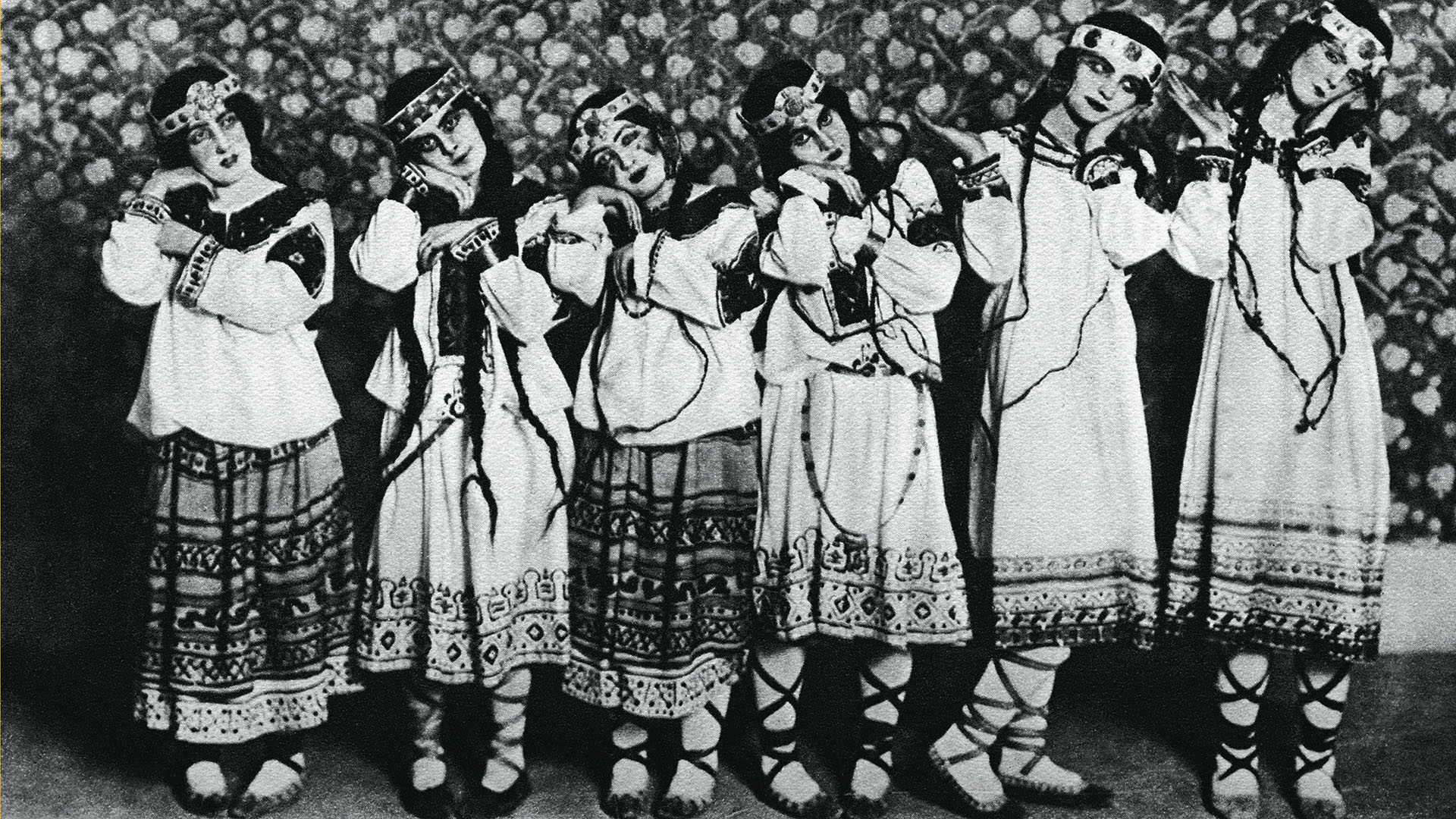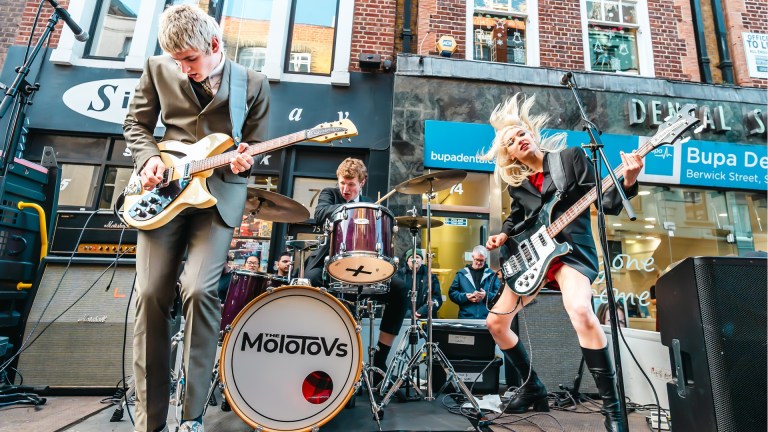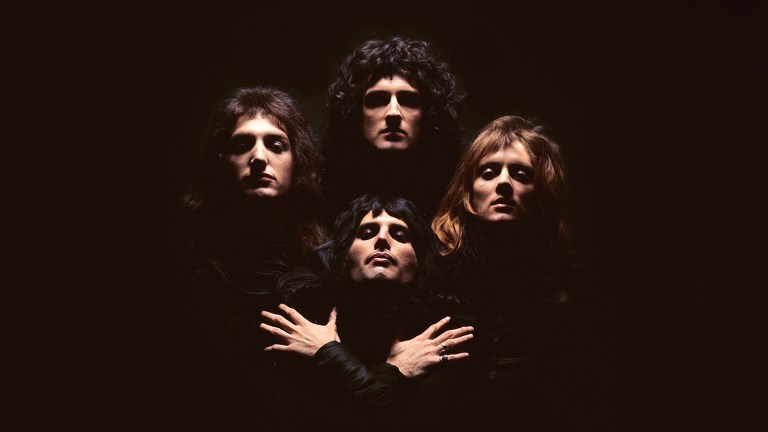A haunting bassoon solo weaves a lonely path across the woodwind section; strings flutter into life, the orchestra judders – and starts. On the screen, the darkness is disrupted by a ball of light; a planet emerges from the blurry pinkness. Volcanoes erupt in time to the pulsing strings and staccato winds – timpani provides ominous foreshadowing. Just as the lava flows and the gasses circle, I’d press fast-forward on the video player – bypassing the underwater cell division and the creeping evolution of the seas.
Stravinsky’s The Rite of Spring – the music that Disney set its dinosaurs story to in 1940 animation Fantasia – disturbed audiences when it was premiered in 1913. Such was the power of The Rite of Spring and its revolutionary approach to ballet that concert goers rioted in its Paris premiere. The noise and fury was reported to be so intense that choreographer, the legendary Nijinksy, stood in the wings shouting out the rhythms and hammering out time by beating a stick on the floor. The work sealed Stravinsky’s burgeoning reputation and helped usher in the moment of modernism in classical music.

One music teacher I know used to play The Rite of Spring to his form group every morning. After repeated plays, the students moved from intense dislike to fondness, even requesting the work once the tutor switched to another recording. Despite the fact it was composed over 100 years ago, The Rite still sounds as modern as it did at its notorious premiere. (Similarly, the climate change scene in Fantasia remains as impactful as it first did back in the 20th century.)
The piece is getting a renewed boost this late summer. First, a new staging of Pina Bausch’s groundbreaking choreography is heading to the Edinburgh International Festival. A cast of 34 specially assembled dancers from 14 African countries will perform from 17-19 August at Edinburgh Playhouse. It’s a rare chance to see the work as ballet rather than just an orchestral piece.
Then comes Aurora Orchestra, the pioneering ensemble that plays complex classical works by memory (Aurora is thought to be the first orchestra in the world to play large-scale works in this way). The lack of music stands removes a literal barrier between player and listener, but it also means that the instrumentalists can spread out across the stage – and even stand among the audience, as they did during their London Printworks concerts.
Aurora Orchestra is touring The Rite of Spring this summer, including performances at Snape Maltings in Suffolk (16 August), Saffron Hall in Saffron Walden (31 August) and the Proms (2 September, London Royal Albert Hall). For the London event – Aurora’s eighth ‘memorised’ Prom – the ensemble is joined by Fresh Meat and Ghosts actor Charlotte Ritchie and Hamilton star Karl Queensborough in a new piece that explores the history of Stravinsky’s iconic music, using the words of his contemporaries. The Rite by Heart will be broadcast live on BBC Radio 3 and will be available on BBC Sounds.









